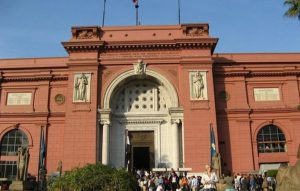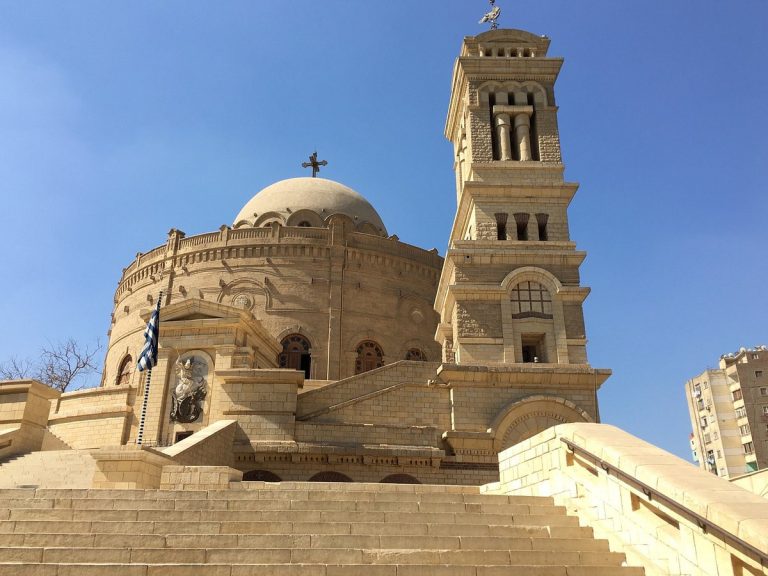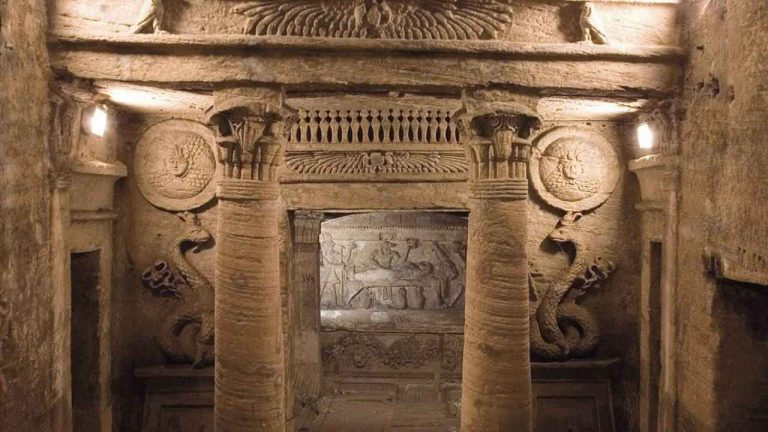The Egyptian Museum (Cairo): A Treasure Trove of Ancient Egypt’s Wonders
 The Egyptian Museum in Cairo, also known as the Museum of Egyptian Antiquities, is one of the world’s most renowned cultural institutions. Located in Tahrir Square, this iconic museum houses the largest collection of ancient Egyptian artifacts, offering visitors a fascinating journey through thousands of years of history. This article provides a detailed overview of the Egyptian Museum, its highlights, and its significance, targeting the most important keywords for Google Search.
The Egyptian Museum in Cairo, also known as the Museum of Egyptian Antiquities, is one of the world’s most renowned cultural institutions. Located in Tahrir Square, this iconic museum houses the largest collection of ancient Egyptian artifacts, offering visitors a fascinating journey through thousands of years of history. This article provides a detailed overview of the Egyptian Museum, its highlights, and its significance, targeting the most important keywords for Google Search.
1. Historical Background
Founding of the Museum
Establishment: The Egyptian Museum was founded in 1858 by French Egyptologist Auguste Mariette.
Original Location: Initially located in Bulaq, the museum was later moved to Giza before settling in its current location in Tahrir Square in 1902.
Architectural Design: The museum’s building, designed by French architect Marcel Dourgnon, features a neoclassical style with a pink façade and grand halls.
Role in Preserving Egyptian Heritage
The museum was established to protect Egypt’s ancient treasures from looting and to provide a centralized location for their display and study.
2. Collections and Highlights
The Egyptian Museum boasts over 120,000 artifacts, spanning from the Predynastic Period to the Greco-Roman Era. Here are some of its most famous exhibits:
Tutankhamun’s Treasures
Golden Mask: The iconic gold mask of King Tutankhamun is one of the museum’s most prized possessions.
Funerary Objects: The collection includes over 5,000 items from Tutankhamun’s tomb, such as jewelry, chariots, and statues.
Old Kingdom Artifacts
Statue of Khafre: A stunning diorite statue of the pharaoh Khafre, builder of the second pyramid at Giza.
Narmer Palette: A ceremonial tablet commemorating the unification of Upper and Lower Egypt under King Narmer.
Middle and New Kingdom Treasures
Statue of Akhenaten: A unique representation of the pharaoh who introduced monotheism to ancient Egypt.
Yuya and Thuya Collection: Artifacts from the tomb of Yuya and Thuya, the parents of Queen Tiye.
Greco-Roman Artifacts
The museum also houses artifacts from the Greco-Roman period, including statues, coins, and pottery.
3. Architectural Layout
Ground Floor
The ground floor is organized chronologically, showcasing artifacts from the Old Kingdom to the Greco-Roman Period.
Upper Floor
The upper floor is dedicated to thematic exhibits, including the Tutankhamun Collection, and the Animal Mummy Room.
Garden and Statues
The museum’s garden features statues and monuments, including a bust of Auguste Mariette, the museum’s founder.
4. Cultural and Educational Significance
A Hub for Egyptology
The Egyptian Museum is a vital resource for researchers, historians, and archaeologists studying ancient Egypt.
Tourist Attraction
The museum attracts millions of visitors annually, making it one of Cairo’s top tourist destinations.
Educational Programs
The museum offers guided tours, workshops, and lectures to educate visitors about ancient Egyptian history and culture.
5. Visiting the Egyptian Museum
Location and Accessibility
The museum is located in Tahrir Square, the heart of Cairo, and is easily accessible by public transportation.
Opening Hours and Tickets
The museum is open daily from 9:00 AM to 5:00 PM. Tickets can be purchased at the entrance, with additional fees for special exhibits like the Royal Mummy Room.
Guided Tours
Guided tours are available in multiple languages, providing in-depth insights into the museum’s collections.
6. Future Plans: The Grand Egyptian Museum
Relocation of Artifacts
Many of the museum’s artifacts are being moved to the Grand Egyptian Museum (GEM) near the Giza Pyramids, set to open in 2023.
Enhanced Visitor Experience
The GEM will feature state-of-the-art exhibits, interactive displays, and a larger space to showcase Egypt’s ancient treasures.




